Social & Emotional Learning
What is Social and Emotional Learning (SEL)?
Social and emotional learning (SEL) is a comprehensive systems approach that supports children, youth and adults in developing skills for school and life. SEL reaches beyond the classroom to all aspects of life. The five SEL competencies identified by the Collaborative for Academic, Social, Emotional Learning (CASEL) teach the skills we each need to successfully manage life tasks such as learning, developing relationships, solving everyday problems, and operating in the workplace.
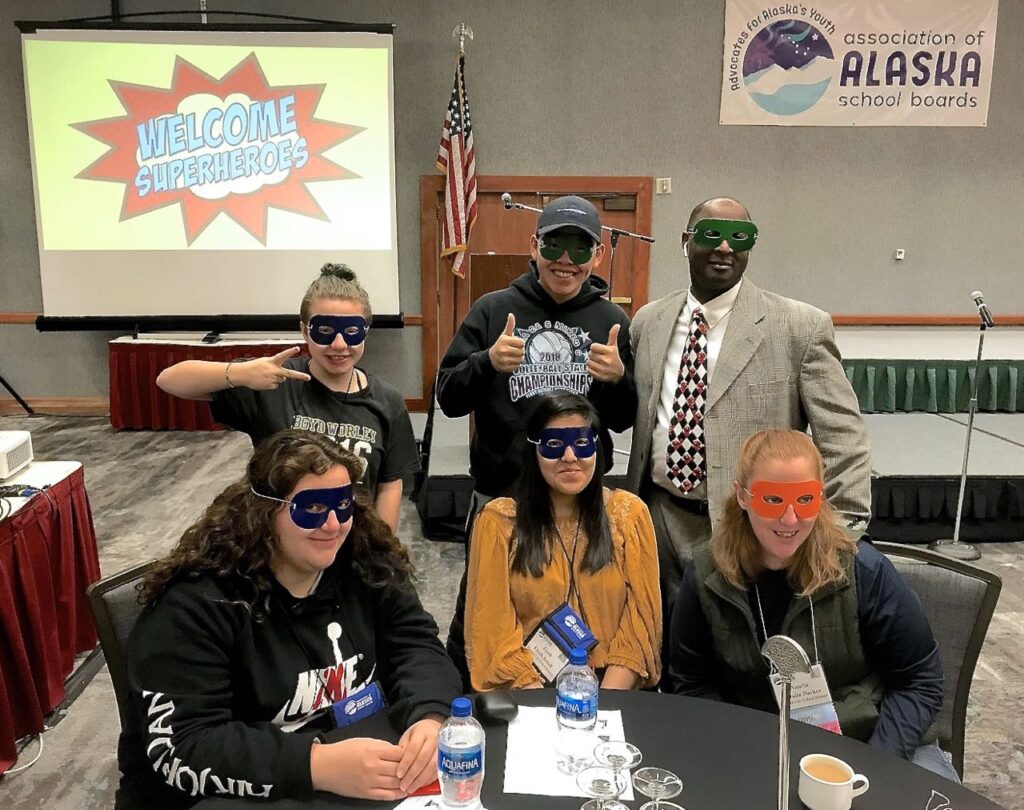
CASEL SEL Competencies
- Self-awareness: The abilities to understand one’s own emotions, thoughts, and values and how they influence behavior across contexts.
- Self-management: The abilities to manage one’s emotions, thoughts, and behaviors effectively in different situations and to achieve goals and aspirations.
- Social awareness: The ability to understand the perspectives of and empathize with others, including those from diverse backgrounds, cultures, and contexts.
- Relationship skills: The abilities to establish and maintain healthy and supportive relationships and to effectively navigate settings with diverse individuals and groups.
- Responsible decision-making: The abilities to make caring and constructive choices about personal behavior and social interactions across diverse situations.
How is SEL culturally responsive?
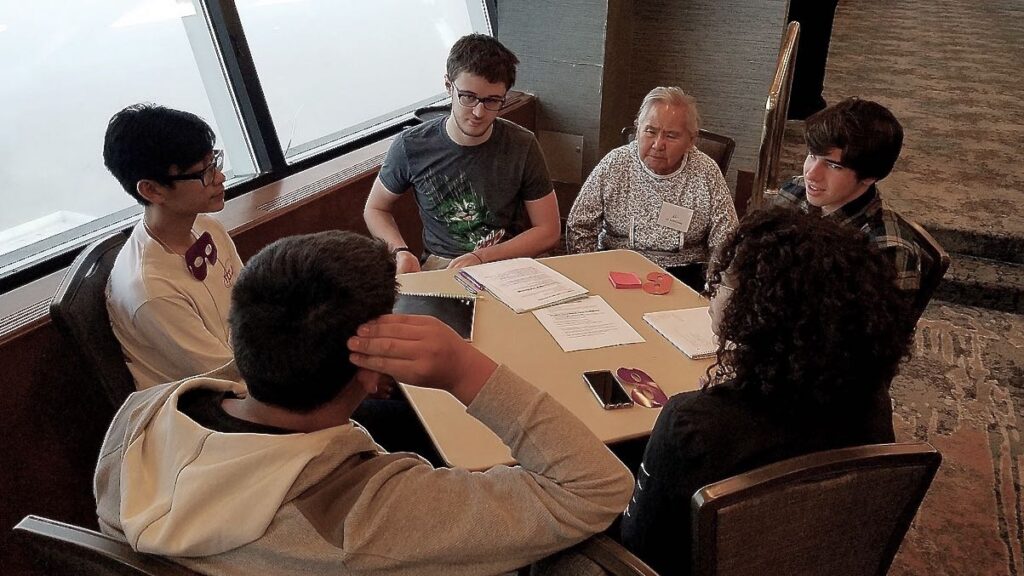
SEL is culturally responsive when these life skills are defined, modeled, taught, and reinforced in ways that are consistent with the community and cultural context. Families, Elders, stories, subsistence, cultural teaching practices and traditional values have been teaching social emotional skills for thousands of years. Education research has finally caught up!
“Culturally responsive social emotional learning in our district is reclaiming cultural values to help regain cultural identity, self-awareness and nurture the social emotional well-being of our students for overall academic achievement. As our communities and schools hold hands to improve the social and emotional attributes of our kids, I truly believe we will see overall academic improvement and, more importantly, a revitalization and reclamation of our wonderful culture.” – Alaska School Board Member
Why does SEL matter?
The ability to self-regulate attention, emotions, and behaviors is foundational to success in school, relationships and employability. Research demonstrates that the development of social and emotional competencies, not only in early childhood, but throughout a student’s K-12 school career, is correlated with improved behavior, mental health, and academic success, including an 11 percent increase on standardized tests. Ongoing research indicates that the positive impacts continue even after the initial social and emotional skill instruction. In Alaska, the Youth Employability Skills (YES!) outline the skills, competencies, and attitudes Alaskan employers expect in the workplace. Self-regulation, stress management, working with and respecting others and communication are among the top skills needed for what YES! calls a great career in Alaska.
“Math is often a scary subject for students—one that many have a history of not succeeding in. With SEL we’ve created a safe environment in which students are willing to try and persevere. I’ve seen my students become brave learners who actually want to come to school and who strive towards academic achievement.” – Alaska High School Teacher
What does a comprehensive SEL approach look like?
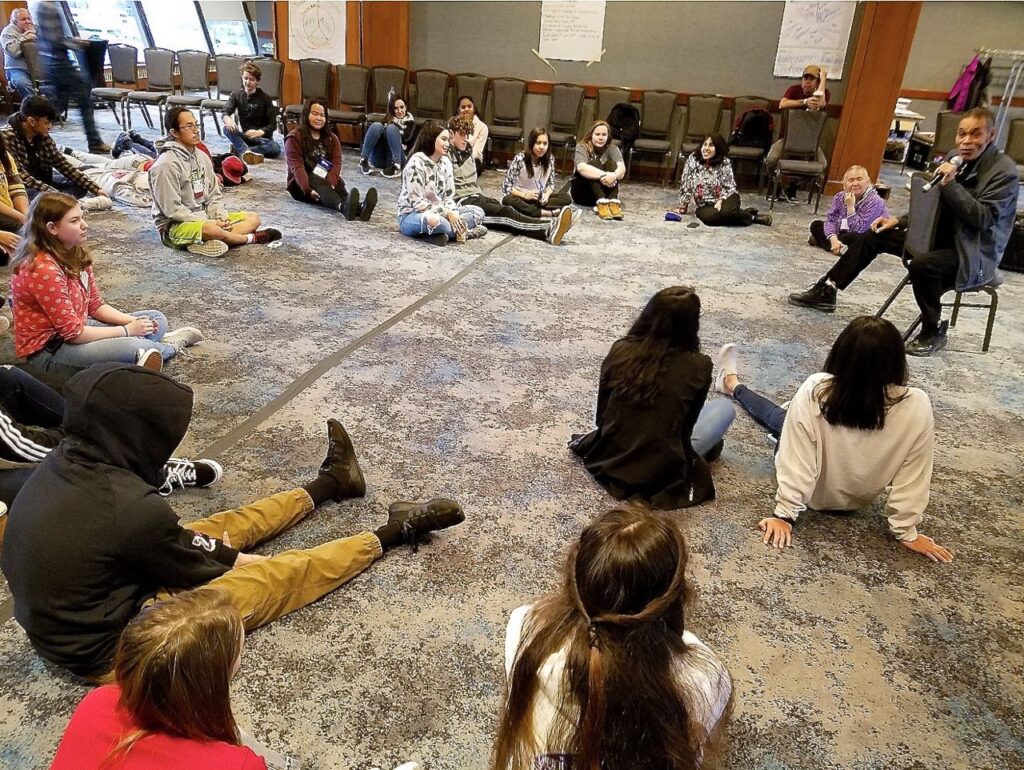
AASB partnered with seven Alaska school districts in a federal grant to develop a framework for culturally responsive SEL. The six components of the Culturally Responsive Embedded Social Emotional Learning (CRESEL) systems approach are Respect (school climate); Co-Creation (authentic partnerships); Building Understanding (trauma and resilience); Support (school infrastructure and systems); Modeling (adult SEL skills) and Teaching & Practice (direct instruction). The CRESEL drum describes each component.
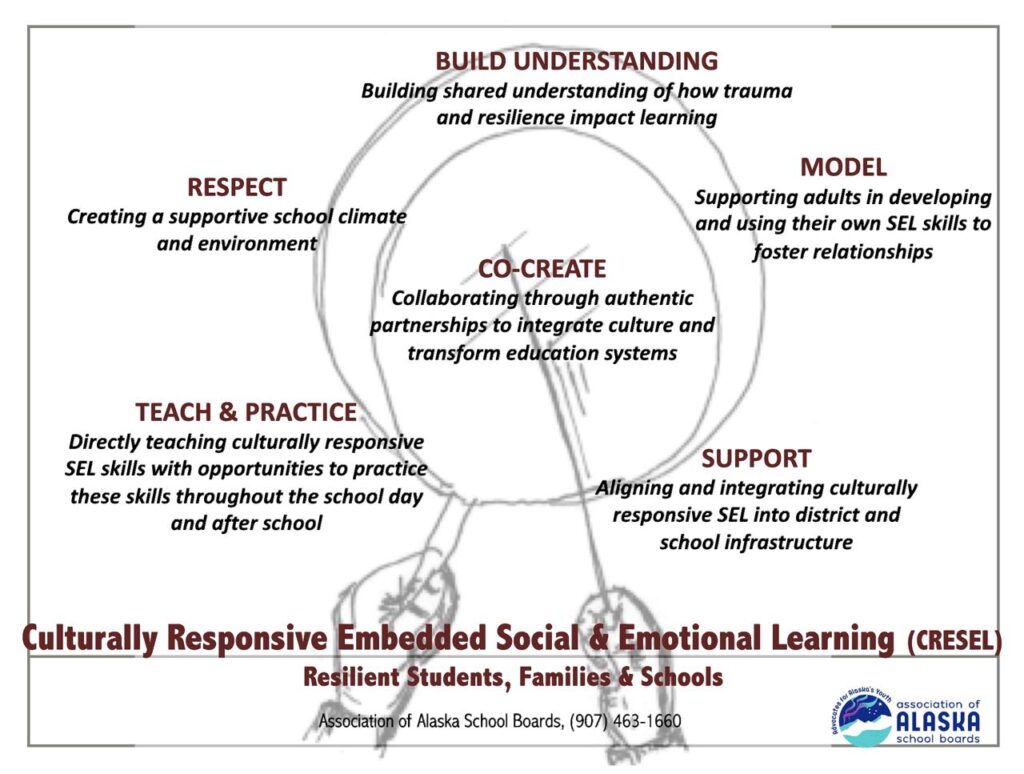
How does SEL advance educational equity?
The research shows that universal social and emotional approaches can help all students improve academically, regardless of race or family income. SEL is about collaboratively transforming education systems to address barriers to student success like stress, depression, and trauma. SEL fosters resilience by ensuring that all students experience supportive learning environments and practices, receive social and emotional skill instruction and are surrounded by caring adult relationships. Co-creation is at the center of AASB’s SEL framework. It is this design process through which a community, families and the school collaboratively define SEL in the context of their community and embed culturally responsive SEL in the core functioning of the school. It is authentic partnerships and the co-creation design process that can transform education systems so that all students succeed.
What does school-wide SEL look like in action?
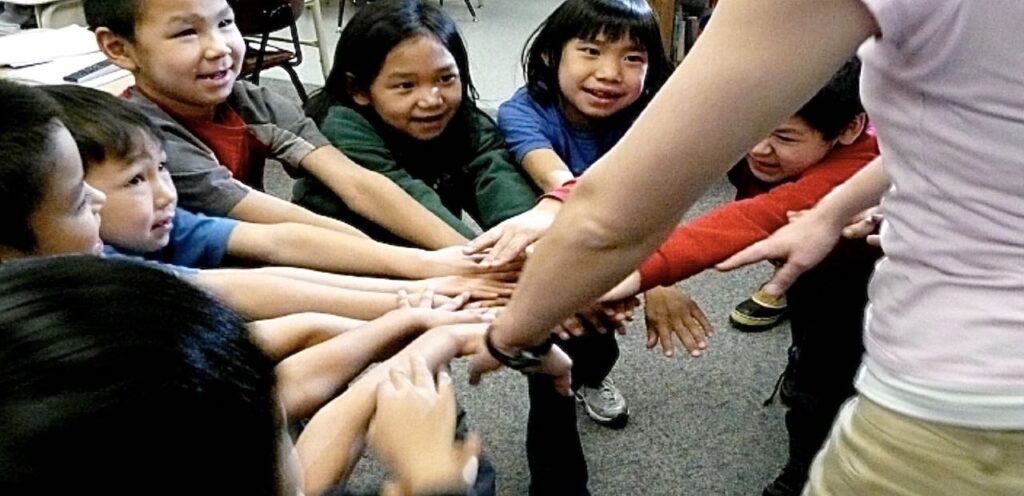
Consider Devon, a 2nd grader, who lashes out with very little provocation. In some schools, Devon would be sent to the principal’s office repeatedly, and eventually, he could be suspended. Devon’s school, though, uses a school-wide SEL approach. The school master schedule includes time for social and emotional skill instruction for all grade levels, so Devon’s whole class is learning self-management and calming techniques. The students practice the skills in morning meetings. School staff also work with Devon individually to deepen and practice skills to help him manage frustration, communicate effectively, and understand his decision-making. Peer educators from the high school facilitate restorative circles to build empathy and help repair relationships. This is not a one-person commitment; this is a whole-school approach that supports collaboration. Click here for more snapshots and examples of culturally responsive SEL in Alaska school districts.
“Now that we have a common SEL language, a conversation at lunch becomes a valuable brainstorming session. It has brought our staff closer together. We wanted SEL to help us change the climate in our school. We’ve realized that the change starts with us.” – Alaska 5th Grade Teacher
How do we get started? Suggested Steps and Resources
The Skill Instruction component of the Alaska Transforming Schools Toolkit identifies action steps for school leadership and staff with aligned resources. Use the steps below to get started with the action items and resources outlined in the Toolkit. Each step here corresponds with a key component in the CRESEL framework from above.
A. Create supportive learning environments in all areas throughout the school (office, classrooms, common spaces) that are relationship-based and feel academically, emotionally, physically, and culturally safe for students and families. (Respect)
- AASB School Climate, Association of Alaska School Boards
- Positive School Relationships, Greater Good in Education
- SEL Walkthrough, Anchorage School District
- SEL Practices Readiness Inventory, University of Minnesota Extension Center for Youth Development
B. Develop a school-wide understanding of the biology of trauma and its impact on learning. Foster ownership and the collective belief that everyone, whatever their role in the school community, can promote SEL skills in students. (Build Understanding)
- Deconstructing Trauma, AK Transforming Schools Toolkit
- Hand Model of the Brain (video), Dr. Dan Siegel
- Overcoming ACEs in Alaskan Schools, Trauma-Engaged and Practicing Schools, Trauma-Sensitive Schools, Alaska Department of Education e-Learning Modules
- Resilience, Harvard Center on the Developing Child
C. Collaborate with families and the community through authentic and genuine partnerships for SEL cultural integration and transformation. (Co-Create)
- Guidelines for Respecting Cultural Knowledge, Alaska Native Knowledge Network
- First Alaskans Institute Resources for Alaska Native Dialogues on Racial Equity (ANDORE)
- Family Engagement and SEL, Harvard Graduate School of Education
- Coordinating SEL Work with Community Partners, CASEL (access to the free resource simply requires registering on the site to download)
D. Establish a co-created vision and goals for SEL. Embed the SEL vision and goals in district/school priorities, initiatives, and practices. Provide on-going professional learning opportunities. (Support)
- Vision Planning Worksheet and Developing Goals for Schoolwide SEL, CASEL (access to the free resources simply requires registering on the site to download)
- Planning Engaging, SEL-Infused Professional Learning, CASEL (access to the free resources simply requires registering on the site to download)
- Leadership Equity Beliefs Inventory and Guiding Equity Questions for Educators, CASEL (access to the free resources simply requires registering on the site to download)
- School-wide Restorative Practices Implementation Roll-out Resources, Juneau School District, Kerri Berkowitz, Center for Relational Practices
E. Support adults in developing and using their own SEL skills to self-regulate, foster relationships, and reflect on implicit bias. (Model)
- Social Emotional Learning Reflection Deck, Center for Safe Alaskans (access to the free resource simply requires registering on the site to download)
- Personal Assessment and Reflection Tool: SEL Competencies for School Leaders, Staff, and Adults, CASEL (access to the free resource simply requires registering on the site to download)
- Getting Started with Reflective Practice, Cambridge Assessment International Education
- Critical Practices for Anti-Bias Education: Teacher Leadership, Teaching Tolerance
F. Provide a sequenced and scaffolded approach to skill instruction with SEL standards and curricula. Offer opportunities to practice SEL skills throughout the school day and after school. (Teach & Practice)
- Pre-K to Adult SEL Standards, Sitka School District and SEL Standards and Benchmarks, Anchorage School District
- TeachableMoment Lessons, Morningside Center for Social Responsibility
- Reflecting on SEL Skills, Greater Good in Education
- Inclusive Practice Tool: Social and Emotional Learning (SEL) Planning Tool, Massachusetts Department of Education
- Self-Assessing Social and Emotional Instruction and Competencies, Center on Great Teachers & Leaders at the American Institute for Research
How can we use data to inform our SEL approach?
AASB’s School Climate and Connectedness Survey (SCCS) measures aspects of school climate, including SEL skills of both students and adults in the school. This data can drive SEL visioning, goal setting, and school-wide implementation. Sample questions from the SCCS include:
- Students in my school work hard to finish tasks even if they are difficult.
- Students in my school can identify the emotions that they feel.
- Adults in this school work together in a way that models healthy relationships.
- Staff collaborate effectively to make decisions and problem solve as a group.
- Teachers at this school help each other, even if they are not personal friends.
- I feel supported by the people I work with.
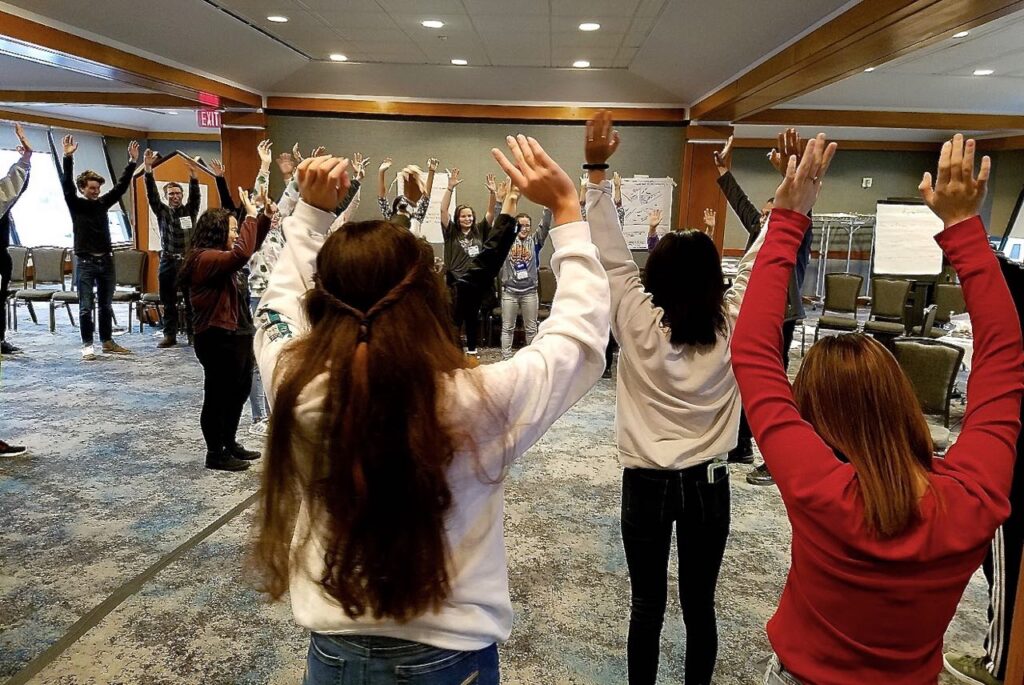
How can AASB support SEL in my district?
AASB offers a variety of support services to help districts and schools put SEL into action. Contact Maressa Jensen, SEL Coordinator, at (907) 463-1660 for more information.
- Planning and visioning guided by district and school data, the community and school staff
- Professional development and coaching to implement comprehensive, school-wide SEL
- Facilitated conversations to adopt or adapt SEL tools (e.g., standards, SEL curriculum, school-wide approaches, and common language)
- Integration of SEL into existing district initiatives (Response To Instruction/Multi-Tier Systems of Support, Positive Behavior Support, Teaching Framework, etc).
- Community dialogues to co-create the SEL approach
- Reflective practice and tools to support adult SEL skill development
